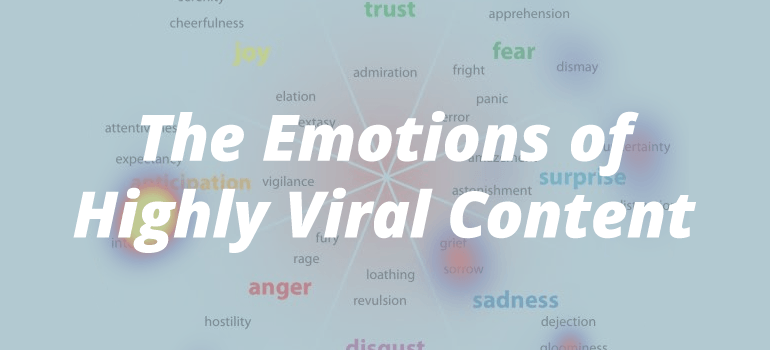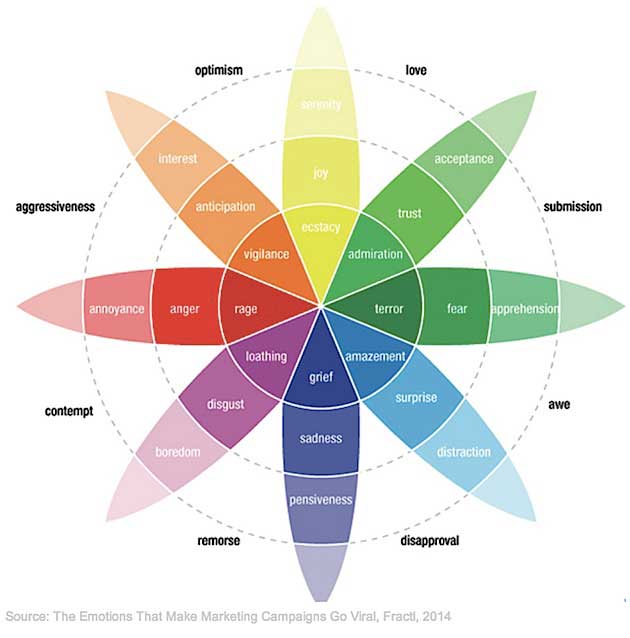Goal: Knowing how to go viral is never an exact science, but we decided to seek ways to dramatically increase your changes of success. Our goal was to identify the most common emotions evoked by graphical viral content in order to gain a basis for understanding which emotions lend themselves to a viral result most often.
Medium Selection: We selected images for a few reasons. First, images are quickly and easily understood. Second, they engage a user with a single emotional event. In other words, there is only a single emotional reaction created by an image. This reaction may involve one or many emotions, but it is only one emotional activation. With written, animated, or video content, there can be several instances of emotional activation, making it more difficult to determine the specific emotional impetuses for sharing.
Image Selection: We looked to find a wide selection of highly popular images that had gone viral. To find these images, we selected images from the top 100 most popular images from imgur.com (one of the Internet’s most-used image hosting sites) over the last year as voted by Reddit.com. To do this, we searched Reddit.com by domain for imgur.com and organized by “Top” for the last year. This gave us a list of all imgur.com submissions over the past year, organized by popularity. From the top 100 images, we selected 30 images that met the following criteria:
-
Could be understood easily without a large amount of previous knowledge
-
Were not memes or community-related jokes
-
Were static images
Survey Participants: Survey participants were randomly selected from Amazon’s Mechanical Turk service. Users were not segmented by age, gender, or any other criteria. Completed surveys were carefully checked for completeness and accuracy (to be sure no one simply filled out answers at random). We selected 50 fully completed and accurate surveys to use as the basis for the heat map results.
Survey Selections: Each survey taker was asked to select the emotions they felt after viewing each image and the title of that image. They were asked to select up to one emotion per emotional category for each image. The emotions and emotional categories were based on the well-known and understood emotional categorization system created by Robert Plutchik. This “wheel” was also the basis for the heat map. The emotional categories and options were as follows:
The bulk result answers from the survey can be found in their entirety here. The aggregate results of all data has been combined into a heatmap.
Fractl is a leading content marketing agency that produces 10X content and specializes in viral promotional campaigns, earning their clients mainstream press and increased inbound traffic. Contact us today to learn more about how we can work together to hit your brand’s marketing goals.






